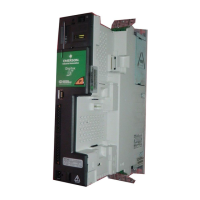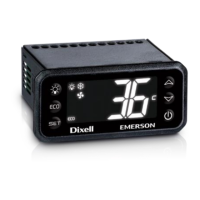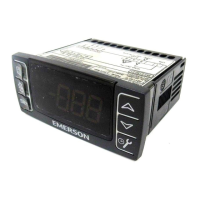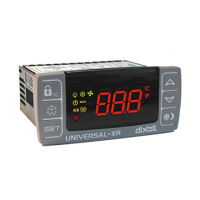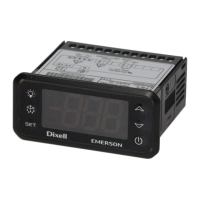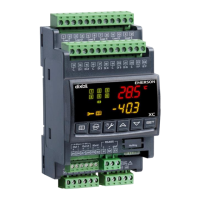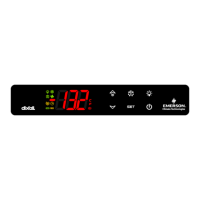User Manual Appendix B
GFK-1742F Jan 2020
DSM314 Communications Request Instructions 391
Appendix B: DSM314 Communications
Request Instructions
This appendix describes two types of Communications Request (abbreviated COMM REQ in
this appendix) ladder instructions used with the DSM314:
•
Parameter Load Type: Used to load DSM Parameter Memory. An advantage of the
COMM REQ instruction is that each one can load up to 16 parameters, and multiple
COMM REQ instructions may be used in one host controller sweep. By comparison,
each Load Parameter Immediate Command can load only one parameter per sweep,
with from one to four Load Parameter Immediate commands allowed per sweep,
depending upon the number of %AQ words configured (which, in turn, depends
upon the number of axes configured - see Table 47). Therefore, the COMM REQ is
most useful for loading several or many parameters, and the Load Parameter
Immediate Command is most useful if you only need to load a few (one to four).
•
User Data Table (UDT) Type: Used to access the DSM314’s Local Logic User Data
Table. The User Data Table is an 8192-byte memory area that Local Logic programs
can use for data storage and retrieval. The UDT COMM REQ can copy data either
from host controller word memory to the UDT or from the UDT to host controller
word memory.
In general, a COMM REQ is used in a host controller ladder program to communicate with a
variety of intelligent modules. This appendix first discusses the COMM REQ instruction in
general in Sections 1 and 2, then in Sections 3 – 5, discusses how it specifically applies to the
DSM314 module. This appendix is divided into the following sections:
•
Section 1: Communications Request Overview
•
Section 2: The COMM REQ Ladder Instruction
•
Section 3: The User Data Table (UDT) COMM REQ
•
Section 4: The Parameter Load COMM REQ
•
Section 5: COMM REQ Ladder Logic Example (uses Parameter Load COMM REQ)
B-1 Communications Request Overview
The Communications Request uses the parameters of the COMM REQ Ladder Instruction
and an associated Command Block to define the characteristics of the request. An
associated Status Word reports the results of each request.

